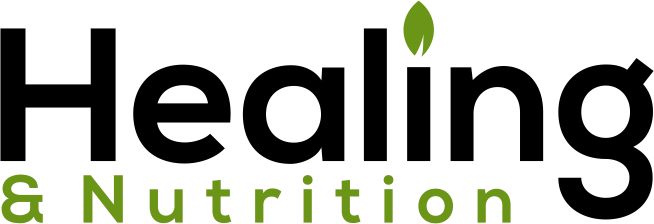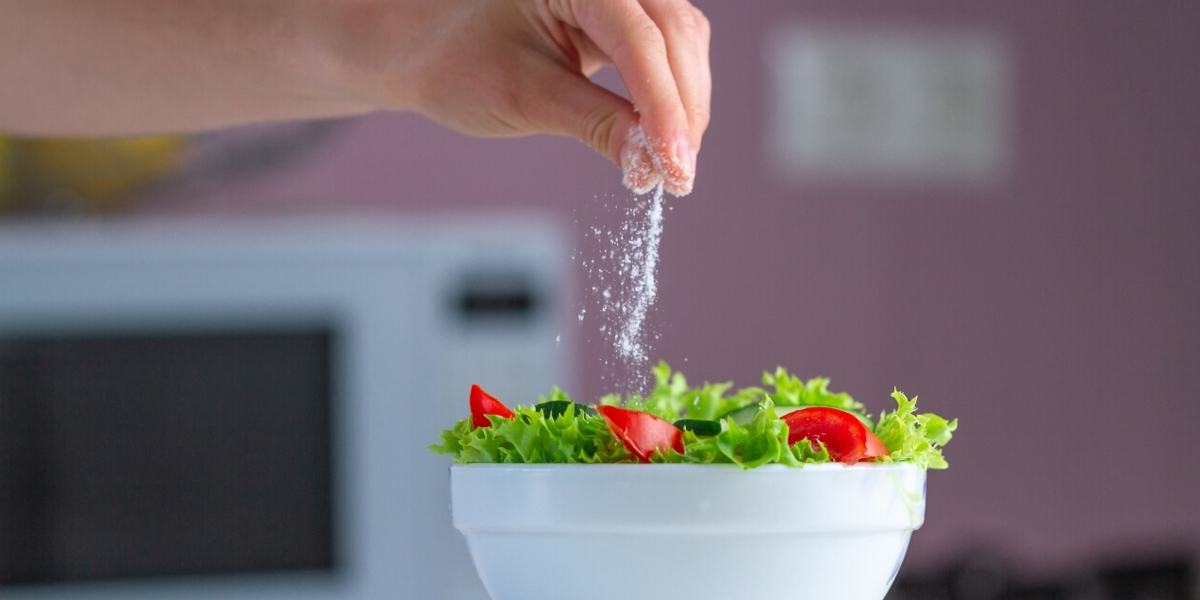If you are a regular consumer of processed meats and junk food, you might have been warned of the high sodium content that could lead to chronic diseases like heart disease, hypertension, stroke, and kidney diseases. But, is too little salt bad for you too?
A high salt intake has been linked to higher blood pressure and a higher risk of heart disease. While this is considered unhealthy, new research suggests that a low salt intake may be just as harmful.
Table of Contents
Is too little salt bad for you?
In a recent press release, the American College of Cardiology states that a low-sodium diet is recommended for heart failure patients in order to lower blood pressure and avoid fluid buildup and other symptoms. Between 2008 and 2022, a total of 3500 heart failure patients participated in the study.
According to the release, Anirudh Palicherla, MD, an internal medicine resident at Creighton University School of Medicine in Omaha, Nebraska, and the study’s lead author, said, “Our findings showed that restricting dietary sodium to less than the usual recommendation was counterproductive in the management of heart failure.”
She continued, “Limiting sodium is still the way to go to help manage heart failure, but the amount of restriction has been up for debate,” Palicherla said in a meeting news release.
“This study shows that the focus should be on establishing a safe level of sodium consumption, instead of overly restricting sodium.”
Researchers discovered that patients who followed a diet with a sodium intake target of less than 2.5 grammes per day were 80% more likely to die than those who followed a diet with a target of 2.5 grammes or higher.
Moreover, the sodium limits in the more restrictive studies ranged from 1.2 to 1.8 grammes of sodium per day. Researchers discovered no evidence of an increase in hospitalisations among patients who followed more restrictive diets.
The findings will be presented on March 5 at the annual meeting of the American College of Cardiology in New Orleans.
We found out that this is no longer a new debate topic. In a separate study, researchers examined data from the Heart Failure Adherence and Retention Trial, which followed the diet and health of heart failure patients for three years.
The study included 833 patients who completed health and diet questionnaires during the study period. Patients were classified as having low sodium intake (less than 2,500 mg/day) or unrestricted sodium intake (greater than or equal to 2,500 mg/day) based on their typical diets.
Similar to the results of the recent study, researchers discovered that patients with reduced sodium intake were more than 80% more likely to be hospitalised and die than those with unrestricted sodium intake.
Moreover, this association was strongest in patients who restricted sodium and were not taking blood pressure-lowering medications commonly prescribed to heart failure patients.
How do I know how much sodium I’m consuming?
You can easily point the signs you are not getting enough salt, and you can track it with the amount of sodium in your food, which can be found on the Nutrition Facts label.
The sodium content per serving is given in milligrammes (or mg). You can look for words like “sodium,” “salt,” and “soda” in the ingredient list. Take note that if you see the words sodium nitrate, sodium citrate, monosodium glutamate (MSG), and sodium benzoate, they are all equivalent to sodium.
What sodium-containing foods are healthy?
There are many options if you’re looking for healthy foods with sodium content that are still good for you.
1. Fruits and Vegetables
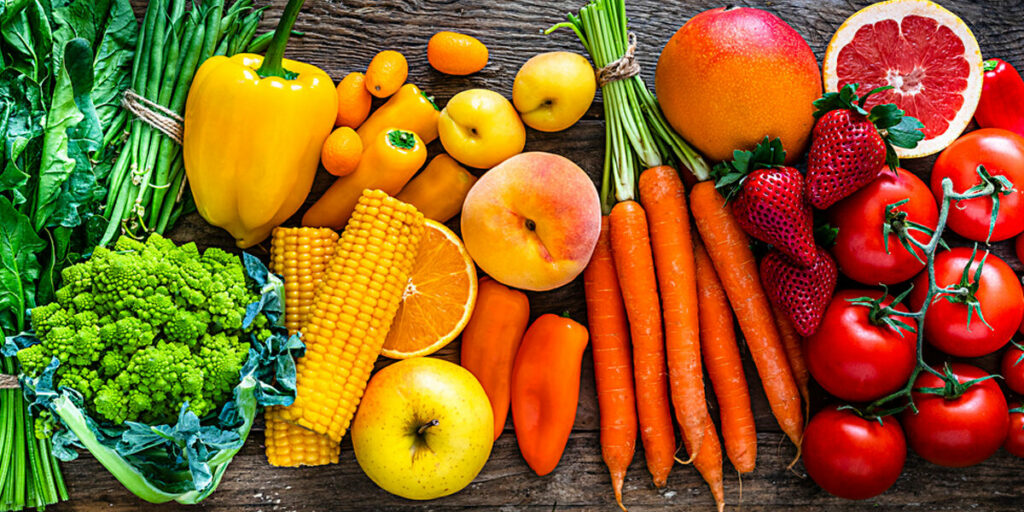
Apples, guavas, avocado, papaya, mango, carambola, pineapple, banana, melons, and pears have natural sodium levels ranging from 1 to 8 mg per 100 grammes. Moreover, celery, spinach, carrots, and beets are examples of vegetables high in sodium.
2. Seafood

Including seafood in a heart-healthy diet is a great idea. When cooked properly, seafood can help lower cholesterol, which improves heart health.
However, it is critical to choose your seafood carefully because alternatives such as shellfish and canned tuna fish may be too high in salt. Some canned tuna and frozen shrimp, for example, contain more than 400 mg of salt per serving.
3. Canned Meat
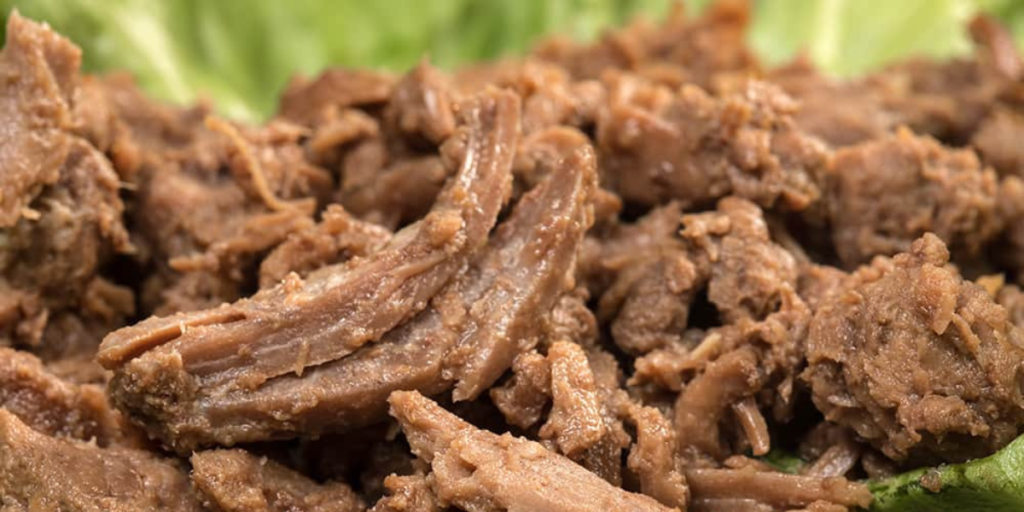
Canned meats, like canned vegetables, have a higher salt content and are rich in protein. A 100 g serving of chicken or turkey, for example, can contain up to 500 mg sodium. Canned beef and pork, on the other hand, have a much higher sodium content. A 100 g serving contains up to 1500 mg of sodium.
4. Cottage Cheese
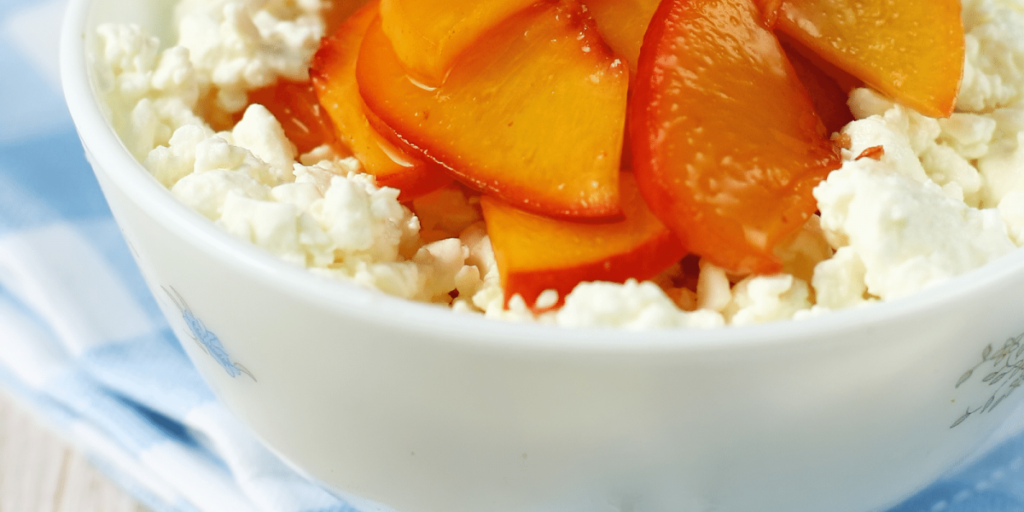
Cottage cheese is a rich source of calcium and has much salt that is good for your health. A 100 g serving of cottage cheese contains about 300 mg of sodium, or about 12% of the daily value. The salt in cottage cheese also improves the flavour of the food and helps it last longer.
Too little salt has negative effects, too.
Is too little salt bad for you? The answer is yes.
With this new study in mind, seasoning your food when cooking or consuming naturally high-sodium foods in moderation becomes acceptable – but still in moderation.
We know you can’t live without salt forever, and this recent study just proves that adding a little flavour from your salt shaker can still lead to a healthier heart.
